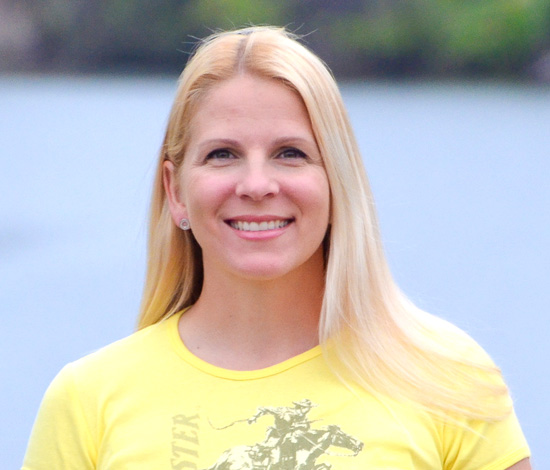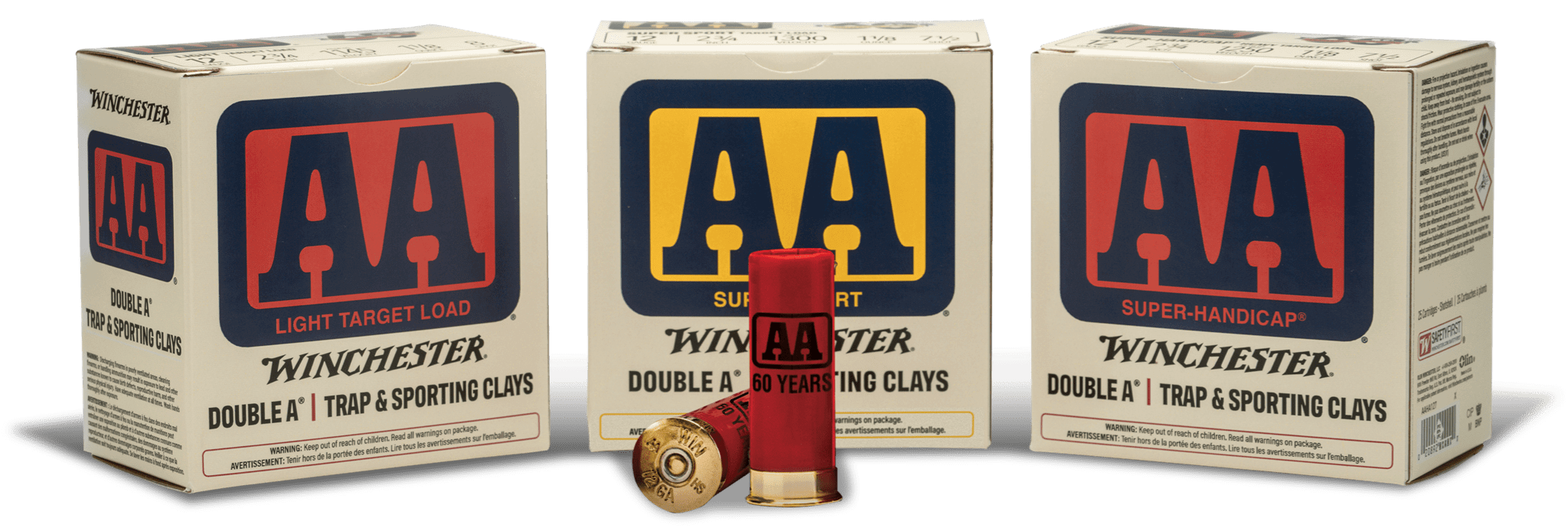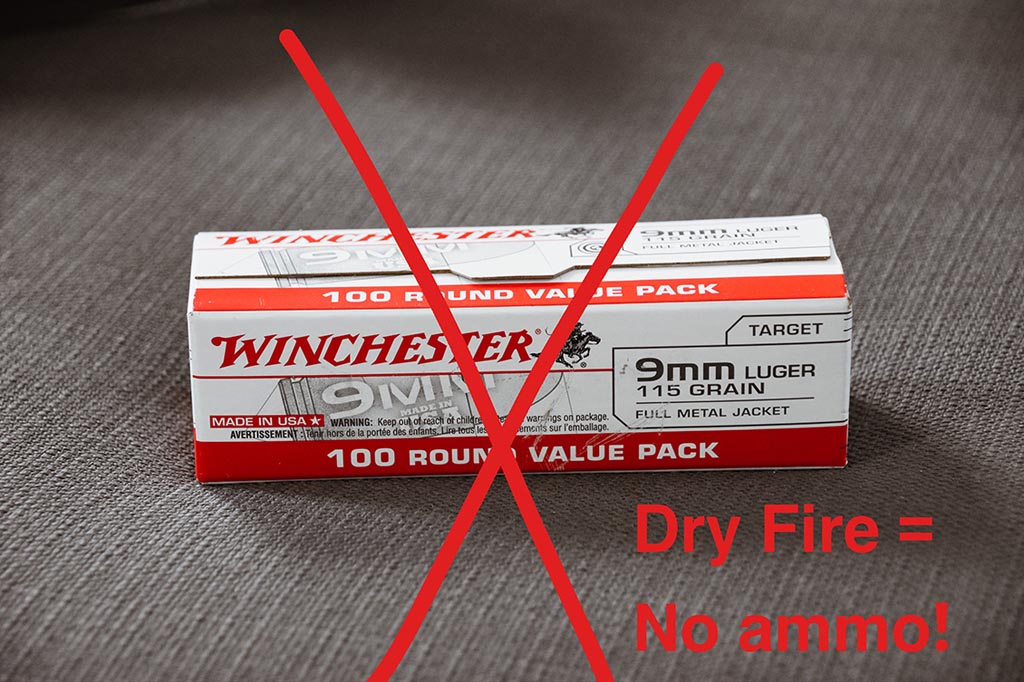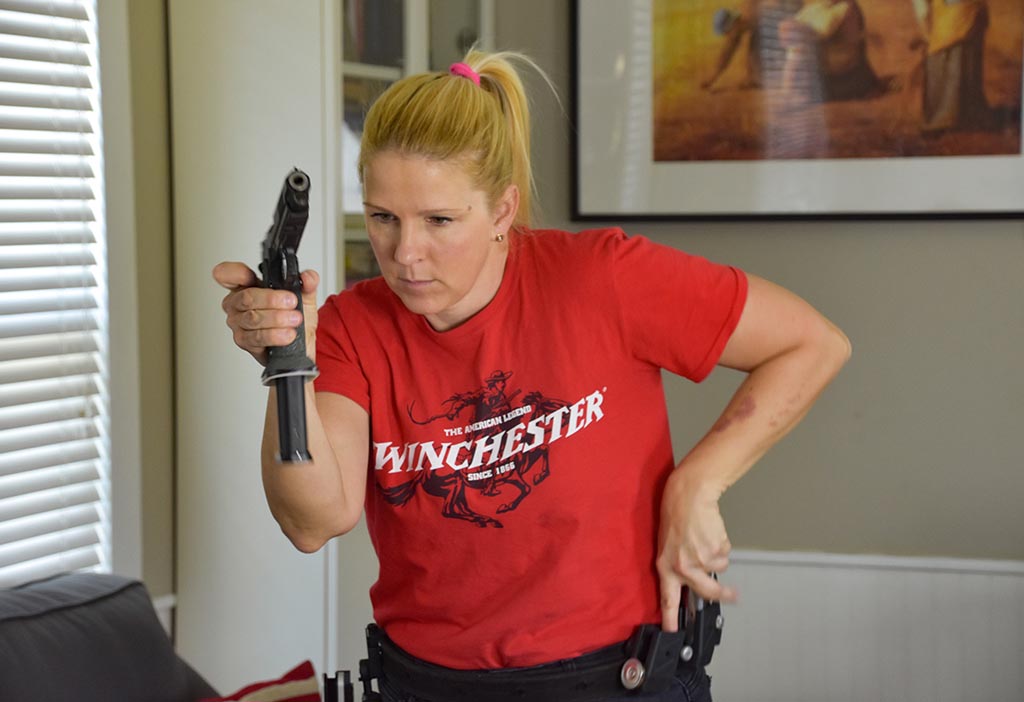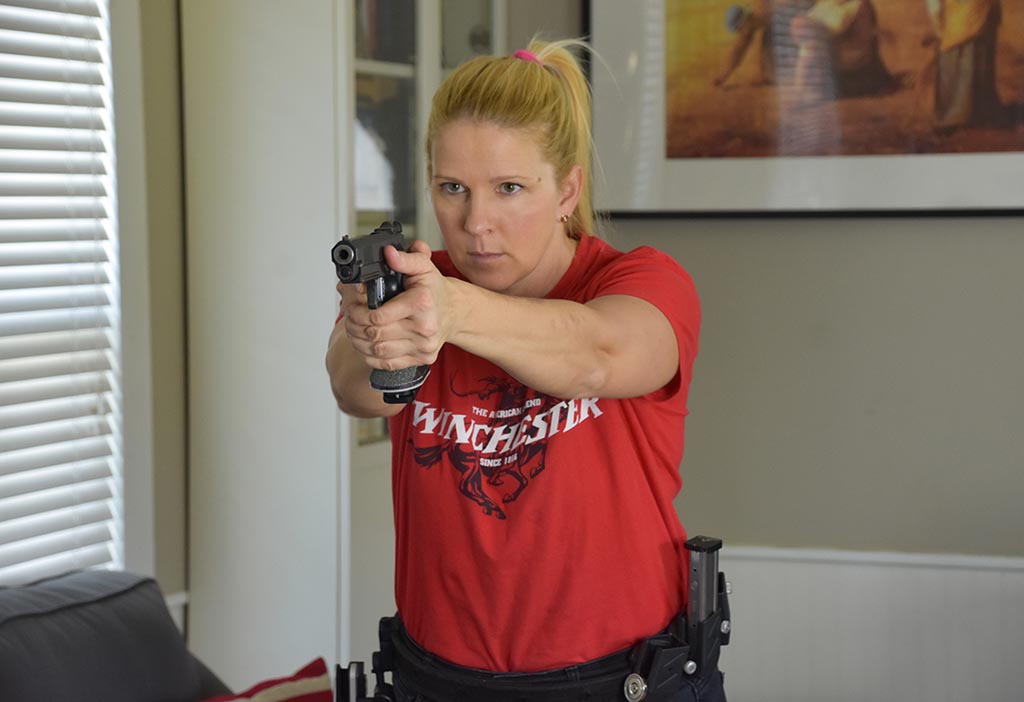In Home Dry Fire Training Tips
Whether you are a new gun owner or an experienced gun owner, there are ways you can stay proficient with your firearms and even learn new skills, all without leaving your home!
One simple way that people are able to practice when they cannot get to a range is by utilizing the concept of dry fire.Preventing cookies from being stored on your device may interfere with your ability to view video content.
You can adjust your cookie setting by clicking the button below.
First, ensure an empty gun and no ammo in your dry fire area!
First and foremost, only practice skills with a firearm after you have confirmed that your firearm is empty: remove the magazine, check the chamber, and NEVER have ammo anywhere near you when you practice your skills with dry fire.
Dry fire is a great tool because you can get time practicing the mechanics of different skills, you can even learn about what happens in your sights when you pull the trigger and recoil doesn’t act on the gun, and simple tasks like setting up your belt, practicing your draw for a pistol or mounting a long gun, can all be done without the need to drive to the range.
Follow the Rules of Firearms Safety
When I dry fire, after I confirm that my firearm is empty, I set up to practice whatever skill it is that I want to work on. That can be anything from magazine changes to loading my shotgun. I tend to set up in a place where I won’t bump any furniture and I try to pick a spot where my magazines will drop onto something like my couch, so that I don’t drop them on my toes. I also pick a point to aim that doesn’t have anyone behind it. Yes…I’ve checked that my gun is empty, but I still never point a gun at anything I don’t want to destroy. I tend to use an outside wall of my house that faces the woods.
Learn by watching as well as doing
There is a video you can watch on Winchester.com in which I show you the steps in a magazine change. A few of the basic principles of a magazine change are that you want to have a vertical pistol or magazine-well, so the mag drops freely. You want to keep your arms extended in front of you. This helps you keep your eyes on target, and you will be faster re-acquiring your sights. In a self-defense scenario, we would still have our peripheral vision on the threat - an awareness through our peripheral vision of what’s going on beyond changing the magazine.
The basic steps of a magazine change are as follows
With your strong arm mostly extended, hit the magazine release button with the mag-well as vertical as possible, so that you have gravity working to drop your mag. Then once it has dropped, you rotate it so you can see the magazine-well.
At the same time I hit the mag release with my strong hand, my weak hand will drop down to the magazine on my belt, and I’ll position it so that the projectile side of the round is against my pointer finger and this is a very tactile part of my fine motor skills in lining the magazine up to insert it cleanly into the pistol. As I insert the mag, I follow through to seat it firmly in the gun. I might hear a click or feel a click, but I make sure it’s seated.
As I use my support hand to seat the magazine firmly, I will then transition my vision back to the target and begin rebuilding my grip and acquiring my sights so that when I am on target and sights aligned, I can pull the trigger.
Competition vs. concealed carry
Practicing your reload for concealed carry is going to be a little different, because you will probably have a magazine holder that is concealed, and not built for speed in the way a competition mag holder is. So knowing which way your mag is oriented in your holder and practicing a mag change correctly will give you confidence in how you manipulate and use your firearm.
I’m going to practice this skill until it becomes automatic and I know that I could do this standing still, moving, seated...I’m going to make it a skill that I have mastered! Then when I get to the range, my ammo can be spent perfecting the shooting and not training firearms manipulation.
Slow and steady sets the pace
Also, make sure that you start slow when you get to the range to do this with live ammunition. Build slowly with accurate movements until you can do it well, then work on speed! It takes about 1,000 repetitions to build something into muscle memory. You are literally forming a connection in your brain, as well as training your hands, arms, eyes, and body!
All the skills
We can break down the act of shooting into smaller and smaller pieces. Once we’ve broken down the mechanics of say, our grip, we can break down our vision and what our eyes do - or our feet and balance. There are literally hundreds of pieces to shooting and they will vary from pistol, to rifle, to shotgun. If we are new to owning a gun, understanding stance and grip will be the very first and most important things we can do at home.
Hierarchy of skills
If you had to assign value to the skills needed to shoot a gun, you would start with being able to hold it so that you can shoot it effectively. Being able to line up the sights or get a good sight picture through an optic would be the next skill you need. Understanding how to control recoil, how to load and unload the gun, how to clear malfunctions...there are all basic skills that you can get a grasp of before you head to the range.
In order to load a gun, we need to know how to lock the bolt or slide back, we need to understand how to properly seat a magazine. So many small pieces that have to come together. Obviously, we never try to load a gun indoors, but we can utilize tools like dummy rounds to learn how this process happens. These are used often in Hunter Safety classes to teach new hunters about unloading and reloading before and after crossing fences. But understanding the basics of how to handle and manipulate a firearm can be done from your home. Just look for good resources, like NSSF and NRA. And be certain to take time to educate yourself about the firearm that you own!
Time is often something that we feel like a prisoner to! But if we use it wisely, if we think ahead and ask good questions, we can use small bits of spare time to build ourselves into better shooters and safer firearms owners! So make sure that you subscribe to Winchester and follow them on Facebook, Instagram, and Twitter for more ideas on ways you can enjoy growing in skills both on and off the range!
